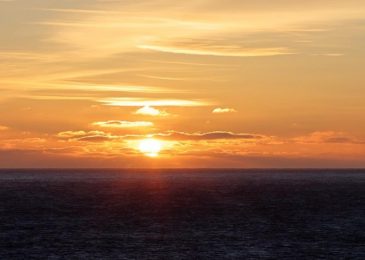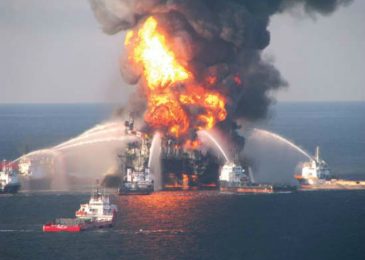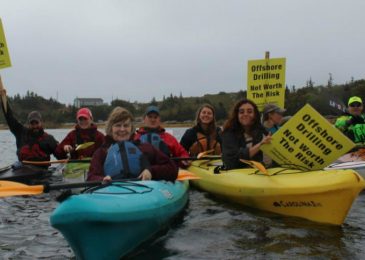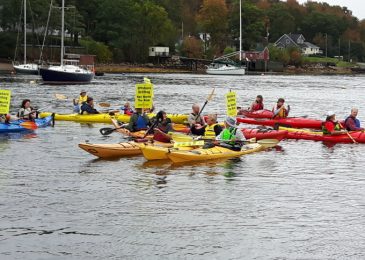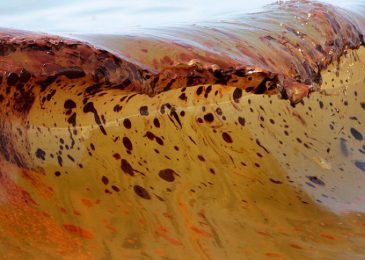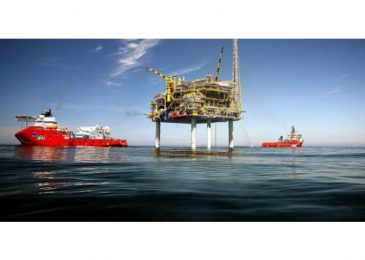Media release: Offshore Alliance delighted MKI has postponed offshore exploration project
Media release: The Offshore Alliance is claiming MKI’s delay of its offshore seismic exploration project as a victory, following news that the company will take some time to “assess demand for seismic data from region.”

